Top 10 Tools for Integrating Online and Offline Marketing Efforts
As a marketer, you know that there isn’t just one definition of marketing.
Each day, you could be spending time and energy moving in several different directions, with multiple campaigns running across many different channels.
As the digital world has expanded, so too have your opportunities to reach customers. From social media to email, you have a chance to create so many more touchpoints with potential buyers than you had a few decades ago.

But that doesn’t mean that there isn’t still a place for offline marketing.
All these marketing opportunities can be a lot to juggle, which is why automation and integration can be a marketer’s best friend.
With a number of tools on the market helping to make this workload easier and more streamlined (more on those shortly), now is the perfect time to ensure your online and offline marketing efforts are working in tandem.
Why Combine Digital and Offline Marketing?
Throughout your time in the marketing world, you’ve likely heard a million different ideas of what the most effective form of marketing is today.
More digital-focused marketers might tell you that you can expect the most impactful ROI from email campaigns.
However, those who prefer offline marketing might point out that billboard advertising is a cost-effective form of marketing that has a significant effect on brand awareness.
So, what’s better: online or offline?
Considering it takes multiple touchpoints with a potential buyer before they make a purchase, it’s better to think about online and offline marketing working in harmony rather than just choosing one over the other.
In many ways, they’re likely already tied together.
For example, let’s say you were to put out a flier for an event. If you wanted to track how many people were interested in attending, you’d likely include a link or a QR code, which would send potential attendees to your website or another touchpoint. That’s a perfect picture of digital and offline marketing working hand-in-hand, naturally.
Or say someone sees one of your billboards while driving. One of the most likely things that will happen is that they’ll look you up later on a search engine. In this way, conducting search engine optimization (SEO), an element of digital marketing, can beautifully complement your in-person marketing campaigns.
10 Tools for Integrating Online and Offline Marketing Campaigns
Want to make sure all your efforts are functioning together seamlessly, whether they exist in the digital or physical realm?
These tools will help you manage and integrate all your best marketing work.
1. Wrike: Marketing project management
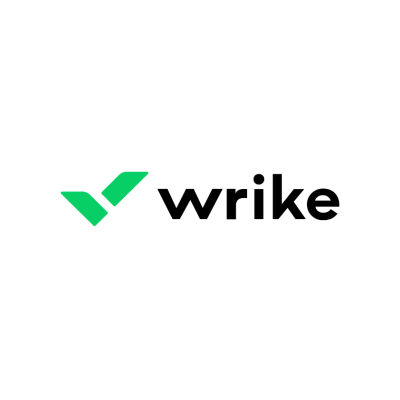
Project management software is equipped with features especially designed for controlling costs, achieving milestones, and meeting deadlines.
While it’s often used to help teams collaborate on either external client projects or internal products without micromanagement from team leads (learn how to deal with micromanagement from 7pace), it can also be great for merging and managing various digital and offline marketing programs.
Wrike is one such project management tool that’s built for teams of all types — professional services, business ops, design, legal, marketing of course, and beyond.
On the marketing front, Wrike positions itself as a singular hub for managing everything from marketing resources to individual projects, development of creative assets, demand gen campaigns, and even events. Use Wrike to build out campaigns, approve and proof assets, and increase transparency across your entire marketing strategy. With this one-stop shop for managing and boosting all marketing resources, you can expedite approval processes and ensure everyone is in the loop.
You can try Wrike for free, and packages from $9.80 to $24.80 per user, per month. Custom pricing available.
2. Unbounce: Landing page builder
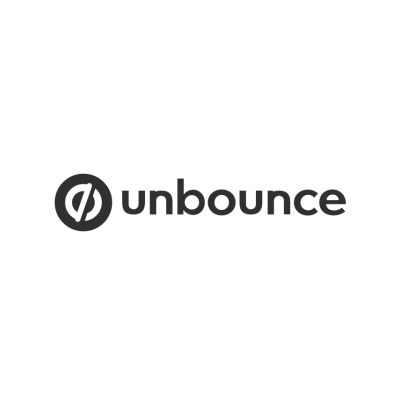
When you use offline campaigns, you need a place for interested parties to go next to pull them deeper in the marketing funnel.
You may want to use an endcap display in a store, for instance, to direct consumers back to your website to sign up to your email program to receive a discount. But for better engagement, you don’t want to just have them go to your website’s homepage, where they might not know where to go next and bounce.
Enter landing pages, which can have unique URLs that you can include on physical materials to make sure visitors find exactly what you want them to see.
Unbounce makes it quick to create landing pages for your campaigns with its easy-to-use builder.
Unbounce features lots of capabilities that make building lead-, sales-, and sign up-generating pages possible: a drag-and-drop editor, easy A/B testing, templates, customizable pre-made features like popups and stick bars, AI copywriting and optimization, and even integrations with many of the other tools that make your marketing tick.
Test out Unbounce to see if their claim is true that your traffic will end up converting a whopping 30% better once you make the switch. It’s free to test, then pricing goes from $74 to $649 per month (billed yearly), with customizable pricing also on the table.
3. Klaviyo: Email marketing
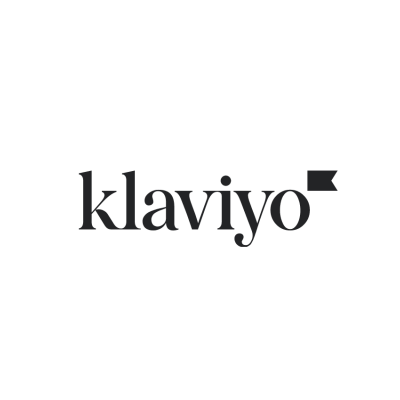
The landing pages described above can be a great place to use offline marketing to build an online email list. As that email list grows and grows, eventually you’ll need a place to collect, manage, and clean it.
This is where an email marketing platform becomes key. And with the rise of disposable email addresses as defined by NeverBounce adding bounce-inducing junk addresses to your list, the tool you choose here must have the power to ensure you’re only sending emails to legit receivers.
That’s why we recommend Klaviyo for email marketing.
Klaviyo pushes for smart digital marketing relationships above all else. It can help you build these by using AI, unified data, and marketing automation to send not only personalized emails but SMS and mobile notifications as well.
Klaviyo’s built-in customer data platform (CDP) ensures the data you’re using to customize and send your marketing emails — right down to the email addresses you’re using — are accurate and up to date.
Klaviyo is one of several great examples you’ll see on this list of marketing tooling that implements cutting-edge AI-powered features to help marketers move quickly without skimping on the quality and depth of their on- and offline marketing campaigns.
Klaviyo pricing depends on the number of people you intend to email, but for 1,001 to 1,500 profiles, packages range from free to $60 per month. Additional features can be added for a fee.
4. Insightly: Customer relationship management

Customer relationship management (CRM) tools enable you to keep track of all the campaigns you have going, as well as how your customers and potential customers are interacting with them.
Listening to your buyers and building relationships via marketing is not only good for your bottom line but also for your reputation, and CRM is largely what makes this possible even as you scale.
Insightly bills itself as a modern CRM, with features for not only marketing teams but sales and service professionals as well.
To dive into the marketing capabilities, Insightly highlights how it applies automation to grow pipeline, nurture prospects, close deals, and create retention. It does this by helping marketers understand their audiences so they can deliver the right messaging at the right time across channels — testing, reporting, and iterating (using the built-in journey and segmentation tools!) as they go to boost impact.
Insightly’s CRM starts at $29 per month, per user when billed annually, and goes up to $99. A free trial, free plan, and additional paid features are all available.
5. Hootsuite: Social media management

Social media isn’t just online. It’s all around us.
Consider Coca-Cola’s #ShareACoke campaign. The company changed their bottles to feature the words “Share a Coke” and the name of a person or place, then asked fans to share their bottles with the world with the hashtag #ShareACoke. The result was a resounding success, reversing a decline in Coke consumption and showcasing how integrating social media into offline marketing can give campaigns a boost.
Robust social media management tools can make all the difference when setting up and pulling off a powerful campaign like the above.
Hootsuite is a good fit for the job, offering an all-in-one location not only for planning and publishing content but for conducting social listening and advertising, managing various social inboxes so you never miss a message, reviewing and improving social media analytics, using AI to help create content, finding the best times to post through the day, and more.
Use Hootsuite to engage with your audience and increase reach, grow your social following, and improve social as a revenue channel.
In addition to a free trial, pricing for Hootsuite varies from $99 to $249 per month, billed annually. Custom enterprise pricing can also be had.
6. TINT: User-generated content
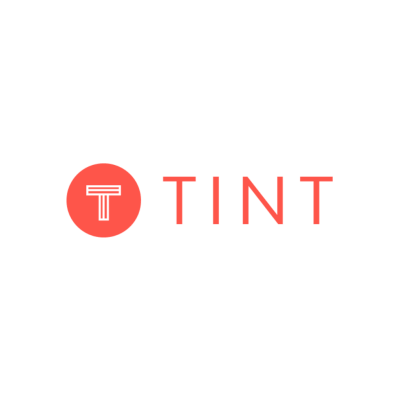
User-generated content (UGC) can be a great way to improve trust with your customers by sharing authentic, peer experiences.
While you can use UGC throughout your social media marketing, you can also bring it into the physical world by doing things like using consumer tweets on product packaging or reviews on billboards.
TINT is a community marketing platform with a UGC vertical that makes creating UGC possible by deploying AI to find, engage with, and create content using customer and influencer reviews.
Use TINT to run contests, surveys, polls, and other campaigns to get your hands on all kinds of content. You can even build and manage a brand community with the platform, so content is always just a few clicks away. And, best of all, TINT makes sure you’re legally collecting and using all that UGC, so you don’t have to worry about taking down a great campaign in its prime.
There is no pricing information available on TINT’s website, interested parties will have to sign up for a demo to learn more.
7. Brandwatch: Influencer campaign management
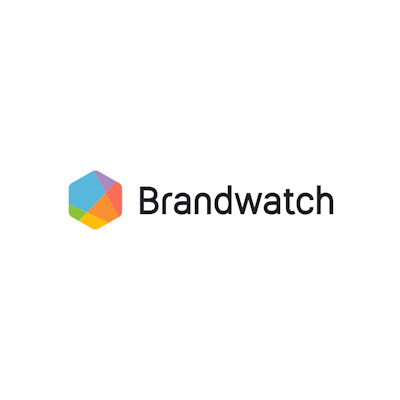
Influencer marketing can be considered a subset of UGC marketing, though the main difference is that influencers aren’t always aware of a product or service before a brand strikes a promotion deal with them. In other words, influencer marketing is almost always set up and paid for, whereas UGC is many times naturally occurring.
Influencers make for powerful marketing tools as ambassadors for your brand that can help you to reach new audiences and build brand awareness.
Brandwatch is a multi-faceted platform with a whole influencer marketing segment. It can be used to manage all things influencer marketing, from discovering your best partners to building relationships with them to managing all the campaigns you plan together.
Brandwatch can help you create influencer marketing campaigns across channels — Facebook, Instagram, YouTube, TikTok, and more — as well as measure their progress and success so you don’t bust your budget on projects that just aren’t clicking.
Try the recognized Brandwatch platform by signing up for a demo. At this time, there are no pricing details on the website.
8. Boingnet: Personalized URLs
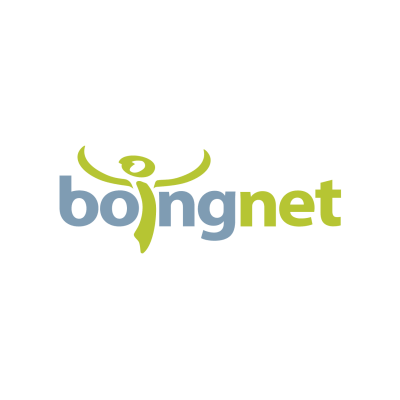
A personalized URL, or a PURL, is a unique web address created to be used across physical and digital marketing resources.
PURLs can be featured on direct mailers and email marketing emails alike, linking readers off to a microsite or landing page built specifically for the campaign. They make it possible to track engagement in specific marketing pushes even when they take place across different channels.
Boingnet is specialized PURL-making marketing software that also features landing page building and reporting and analytics.
With Boingnet, marketers can self-serve or work with a team of experts to tap into the power of direct, physical marketing while still getting all the benefits of digital automation, tracking, measurement, and improvement.
Open up more opportunities to win, nurture, and retain leads with Boingnet, which you can try for free. Pricing depends on number of contacts, but unlimited features can be had for 7,500 contacts at $299 per month. On demand and agency packages are available, too.
9. UXCam: Customer segmentation
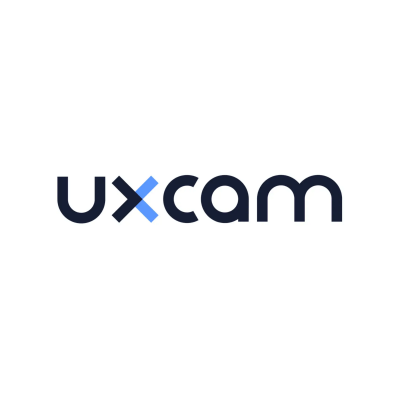
If we know anything, it’s that marketing of course isn’t one-size-fits-all, which is why learning how to segment customers using a resource like this ZoomInfo article is vital.
When you segment your audience into specific groups based on their characteristics, interests, and needs, you’ll create more personalized online and in-person marketing efforts, which can result in better relationships with your customers and higher ROI.
UXCam is a behavior tracking tool that makes it easy to observe user activity to find patterns and trends. Move quickly with automatically-grounded segments such as new users and loyal users, or create your own groups for deeper analysis. Slice up behavior and understand segments more deeply by viewing behavior around specific events and properties, such as items bought, subscriptions purchased, amount spent, and more.
Improve marketing, offerings, and onboarding with insights gathered using UXCam’s robust segmentation.
UXCam has a free tier and free trial. Paid packages priced individually.
10. Semrush: Search engine optimization

You’ve likely heard that people tend not to go to the second page on Google when looking for a search result.
So how do you show up on the first page of search engines? SEO.
SEO is the process of improving a series of website features, from content to its very structure, to make sure it’s easily-readable by search engines. This improves your chances of showing up higher in search results when people start looking for information or offerings on your website.
That sounds like a lot because it is. So thank goodness for tools like Semrush.
Semrush is a super robust platform that can do a lot in addition to SEO. But when we zoom in, SEO features include keyword research, on-page SEO performance checking, local SEO enhancing, rank tracking, link building, and competitor SEO analysis tooling. A platform like Semrush is key to creating a solid SEO plan, understanding how you rank, and deploying that strategy to improve organic traffic and rank above your competitors.
When paid annually, Semrush plans stretch from $108.33 to $208.33 each month. Contact the company for a customized pricing plan. Additional users and features like trends, social, and growth packages can be added on.
How Will You Integrate Your Digital and Offline Marketing?
Your digital and offline marketing aren’t in competition.
In fact, they work best when they’re together.
Multichannel marketing campaigns offer a way to create more touchpoints with your customers, boosting your sales, brand awareness, and reputation.
With tools like CRMs, PURL creators, project management platforms, social and UGC content distribution hubs, and beyond — you can connect your online and offline campaigns and make your marketing go further.
About the Author

Jacqueline Gualtieri is a writer and editor whose work has appeared in The Huffington Post, Insider, and The Slowdown. In addition to writing, she works as a digital media consultant and content marketer, driving online traffic for her clients. She’s always looking to advance her skillset and believes strongly in the early adoption of new technology.






